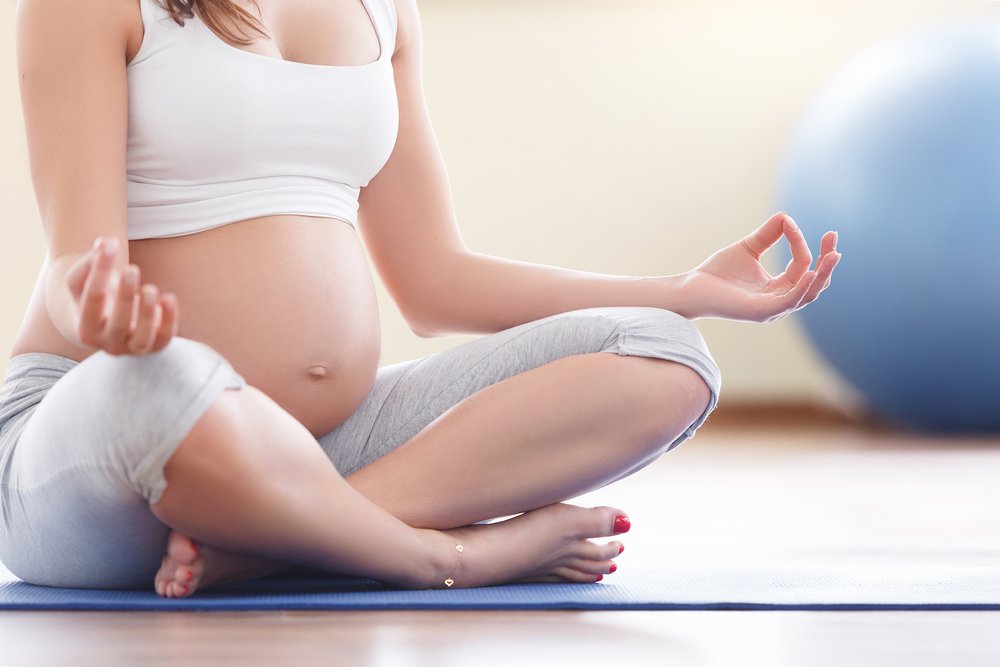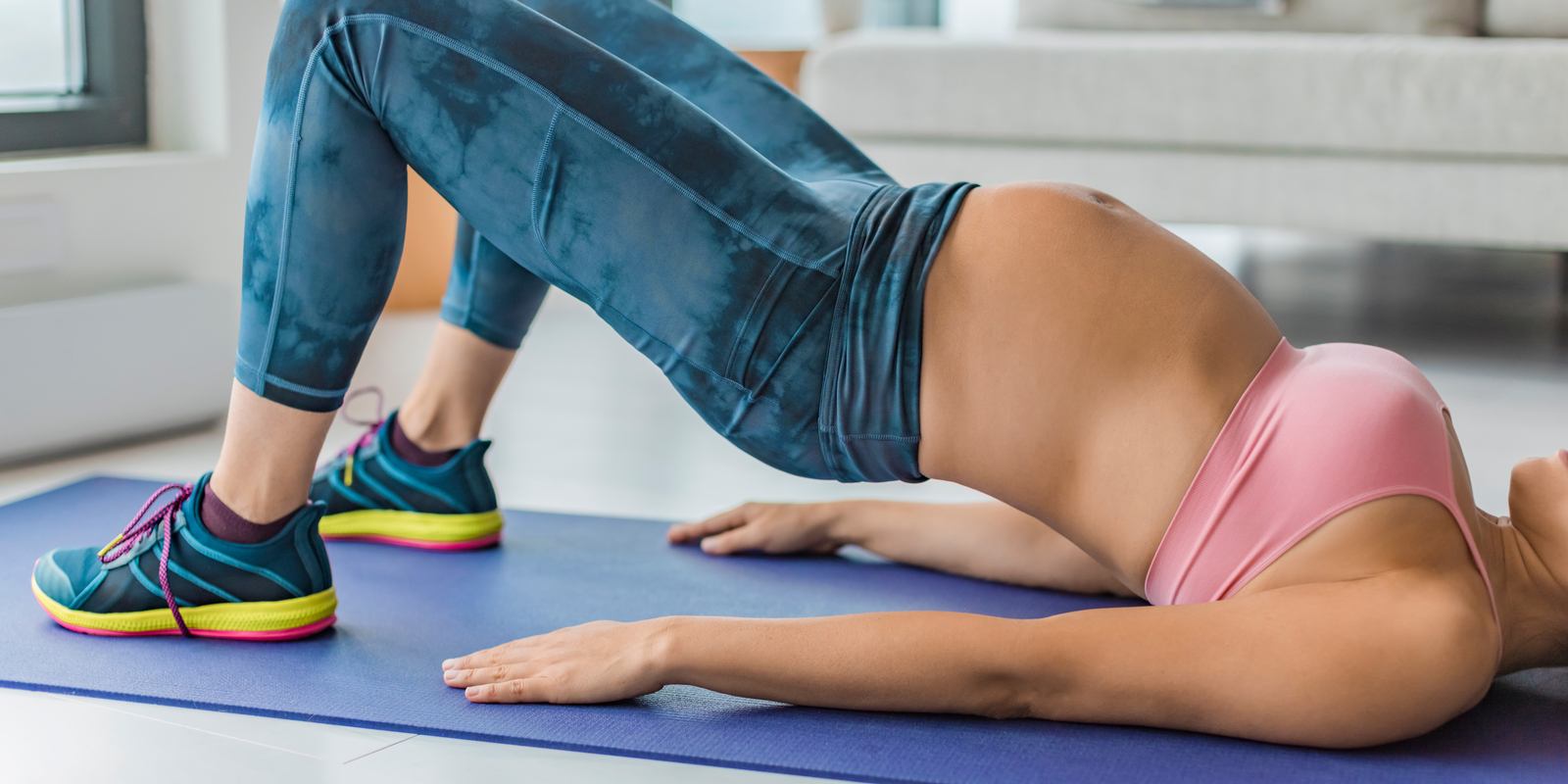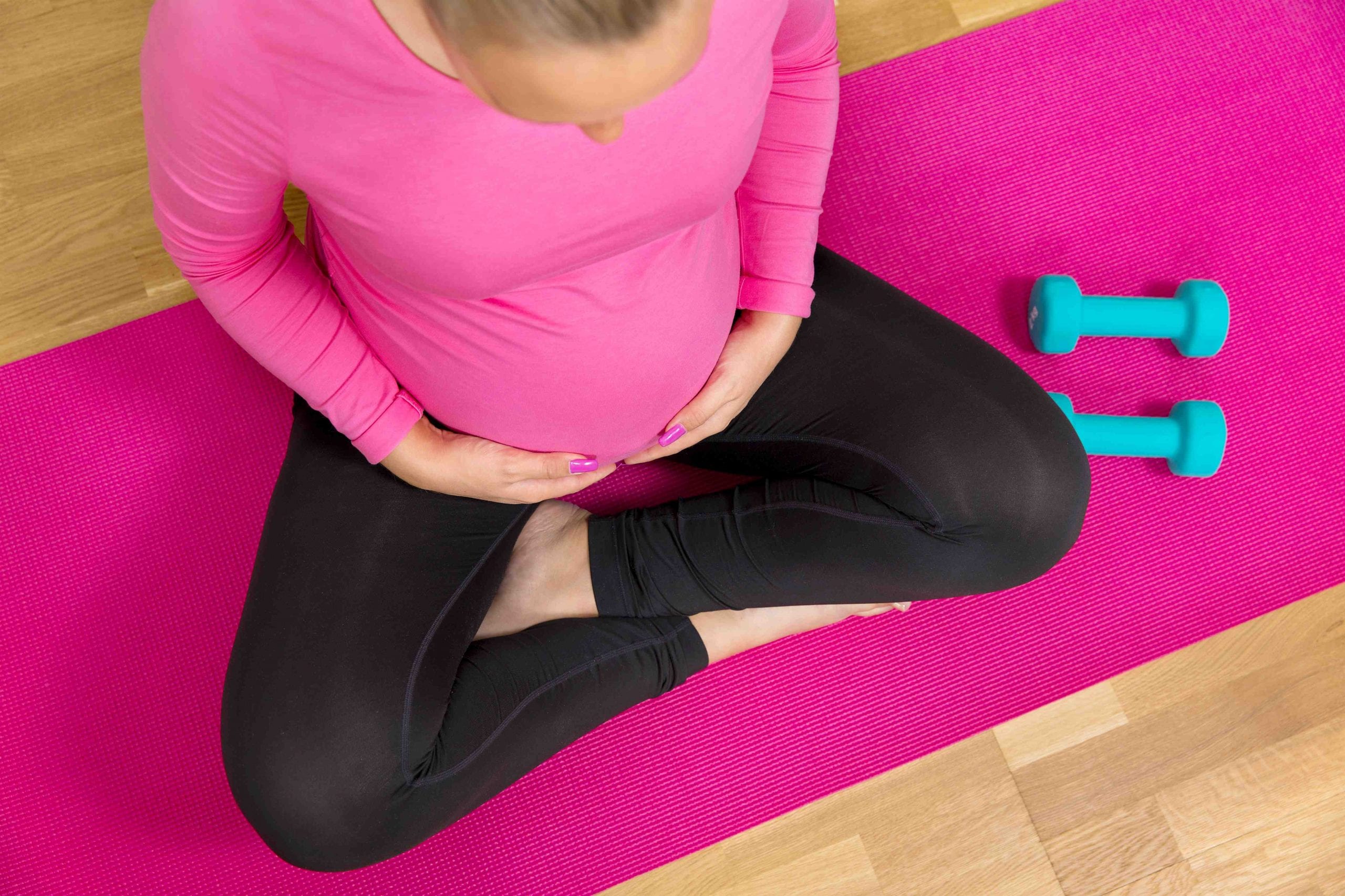How To Prevent Ab Separation During Pregnancy

Introduction
During pregnancy, the abdominal muscles undergo significant stretching to accommodate the growing baby, which can lead to a condition called diastasis recti, or abdominal separation. Preventing or minimizing this condition is crucial for maintaining core strength and preventing potential complications postpartum.
Maintaining a healthy lifestyle with regular exercise tailored to pregnancy is essential. Gentle exercises such as prenatal yoga, Pilates, and swimming can help strengthen the abdominal muscles without putting excessive strain on them. It’s important to avoid high-impact exercises or those that put too much pressure on the midsection.
Additionally, practicing good posture throughout pregnancy can help distribute the weight of the baby more evenly and reduce the risk of abdominal separation. This involves consciously engaging the core muscles and avoiding activities that encourage slouching or overarching of the lower back.

How can I prevent my abs from separating during pregnancy?
Proper posture and deep breathing: Stand up straight with your shoulders back. Take deep breaths that allow your ribs to expand and not just your belly. Safe core exercises: Avoid exercises like sit-ups and crunches that put pressure on your abdominals after 12 weeks of pregnancy and postpartum.
Additionally, consider incorporating safe core exercises into your routine, especially after pregnancy. These exercises can help strengthen your core muscles without putting excessive pressure on your abdominals. Examples of safe core exercises include pelvic tilts, bird dogs, and modified planks.
Always consult with your healthcare provider before starting any exercise regimen, especially during pregnancy or postpartum, to ensure it’s suitable for your individual needs and health status. Remember to listen to your body and prioritize gentle movements that support your overall well-being.
Does everyone get ab separation during pregnancy?
Diastasis recti affects up to half of all pregnant women. Here’s how to know if you have it, and how to treat it. Treatment for diastasis recti typically involves exercises to strengthen the deep abdominal muscles and improve alignment.
Physical therapy, Pilates, and specialized postpartum fitness programs can all be beneficial. It’s important to avoid exercises that put strain on the abdominal muscles, such as crunches or sit-ups, as these can worsen the condition. In some cases, surgery may be necessary to repair severe diastasis recti, but this is usually considered a last resort after conservative treatments have been attempted.
If you suspect you have diastasis recti, consult with a healthcare provider for a proper diagnosis and personalized treatment plan.

How do I close the gap between my abs?
Treatment options for diastasis recti
Place one hand on your belly and take a deep breath in. As you exhale, bring your belly button towards your spine, engaging your TVA muscle. Hold the contraction for a few seconds, then release. Repeat this exercise several times a day.
Incorporating this exercise into your daily routine can have numerous benefits. Strengthening your TVA muscle can improve posture, reduce the risk of back pain, and enhance overall core stability. Additionally, engaging your core in this way can help support other physical activities, such as lifting heavy objects or participating in sports.
You can perform this exercise at any time throughout the day, making it easy to incorporate into your schedule. Try setting reminders on your phone or linking it to a daily habit, such as brushing your teeth or taking a break from work. Consistency is key, so aim to practice this exercise regularly to see the best results.
When do abs start to separate during pregnancy?
Abdominal separation tends to occur toward the end of pregnancy or after giving birth. You might notice these symptoms: A gap between the two bands of abdominal muscles that you can see when lying flat and lifting your head up.
In addition to the visible gap between the abdominal muscles, other symptoms of diastasis recti may include lower back pain, pelvic floor dysfunction, and poor posture. Some women may also experience difficulty with core stability and overall weakness in the abdominal area.
Fortunately, diastasis recti can often be treated with targeted exercises designed to strengthen the abdominal muscles and improve core stability. Physical therapists or specialized trainers can provide guidance on safe and effective exercises to help close the gap and restore strength to the abdominal muscles.
How much ab separation is normal?
It is common and normal to have some separation between your rectus abdominus abdominal muscles (which you may refer to as your ‘6-pack’). In women that have not given birth, 1 cm (or one finger) separation at the level of the belly button and 0.5 cm above and below, is normal.
While diastasis recti is common, it’s essential to take steps to strengthen the abdominal muscles and promote healing after giving birth. This may involve targeted exercises, such as pelvic tilts, abdominal bracing, and modified crunches, under the guidance of a qualified healthcare professional or physical therapist. Additionally, wearing a support garment, such as a postpartum belly wrap, can provide support to the abdominal muscles as they heal.
In some cases, if diastasis recti is severe or causing significant symptoms, surgical intervention may be necessary to repair the abdominal muscles. However, many women can improve their condition through non-surgical means.

What causes abdominal separation during pregnancy, and how can it be prevented?
During pregnancy, the growing uterus puts significant pressure on the abdominal muscles, causing them to stretch and separate. This separation, known as diastasis recti, is a common occurrence, affecting many women during pregnancy and sometimes persisting postpartum. While it may not be entirely preventable, there are steps that pregnant individuals can take to minimize the severity of diastasis recti and support abdominal muscle health.
One preventive measure is to maintain good posture throughout pregnancy. Slouching or hunching over can put additional strain on the abdominal muscles, exacerbating separation. Practicing proper posture, such as sitting and standing with the shoulders back and the spine aligned, can help distribute the weight of the growing belly more evenly and reduce the risk of excessive muscle stretching.
Regular exercise, particularly exercises that target the core muscles, can also help prevent or minimize abdominal separation during pregnancy. Strengthening the abdominal muscles with exercises like pelvic tilts, modified crunches, and plank variations can provide support to the muscles and help maintain their integrity as the uterus expands. However, it’s essential to consult with a healthcare provider before starting any exercise program during pregnancy to ensure safety and appropriateness.
Additionally, avoiding activities that place undue stress on the abdominal muscles can help prevent excessive separation. This includes lifting heavy objects incorrectly, performing high-impact exercises that strain the core, and engaging in activities that require twisting or bending at the waist. Being mindful of body mechanics and avoiding movements that strain the abdominal muscles can support their health and integrity during pregnancy.
Are there any dietary or lifestyle changes that can help prevent abdominal separation during pregnancy?
While there’s no specific diet or lifestyle change guaranteed to prevent abdominal separation during pregnancy, maintaining a healthy lifestyle can support overall muscle health and potentially reduce the risk of excessive separation.
One essential aspect of a healthy pregnancy diet is ensuring an adequate intake of nutrients that support muscle health, such as protein, calcium, magnesium, and vitamin D. Including a variety of nutrient-rich foods in your diet, such as lean proteins, dairy products, leafy greens, nuts, and seeds, can help support the health and integrity of the abdominal muscles during pregnancy.
Staying hydrated is also crucial for muscle health, as dehydration can lead to muscle cramps and fatigue. Pregnant individuals should aim to drink plenty of water throughout the day, especially during exercise or in hot weather, to support overall muscle function and prevent excessive strain on the abdominal muscles.
In addition to diet, maintaining a healthy weight during pregnancy can help minimize the risk of abdominal separation. Excessive weight gain during pregnancy can put additional strain on the abdominal muscles, exacerbating separation. Following a balanced diet and staying physically active within the guidelines provided by your healthcare provider can support healthy weight management during pregnancy.
Can wearing a support garment help prevent abdominal separation during pregnancy?
Wearing a support garment, such as a maternity belt or abdominal binder, can provide additional support to the abdominal muscles during pregnancy and potentially help minimize the risk of excessive separation.
These support garments are designed to help distribute the weight of the growing belly more evenly and reduce strain on the abdominal muscles. By providing gentle compression and support to the abdomen, a maternity belt or abdominal binder can help stabilize the muscles and prevent them from stretching excessively as the uterus expands.
However, it’s essential to choose a support garment that fits comfortably and provides adequate support without restricting movement or causing discomfort. It’s also essential to follow the manufacturer’s guidelines for wearing the garment and avoid wearing it for extended periods, as prolonged compression may not be suitable for all individuals.
Conclusion
Taking proactive steps to prevent abdominal separation during pregnancy is essential for maintaining core strength and overall well-being both during and after pregnancy. By incorporating a combination of gentle exercises tailored to pregnancy, practicing good posture, being mindful of daily activities and movements, and utilizing supportive maternity wear, expecting mothers can significantly reduce the risk of diastasis recti.
Preventing abdominal separation not only supports physical health but also contributes to emotional well-being by promoting confidence and comfort during pregnancy. By nurturing the body with care and attention, mothers-to-be can better prepare themselves for the demands of childbirth and the postpartum recovery period.
Ultimately, prioritizing preventive measures for abdominal separation empowers pregnant individuals to embrace the transformative experience of pregnancy with strength and resilience. With dedication and mindfulness, it’s possible to navigate pregnancy with grace and minimize the risk of abdominal separation, laying the foundation for a smoother postpartum recovery and long-term physical health.

